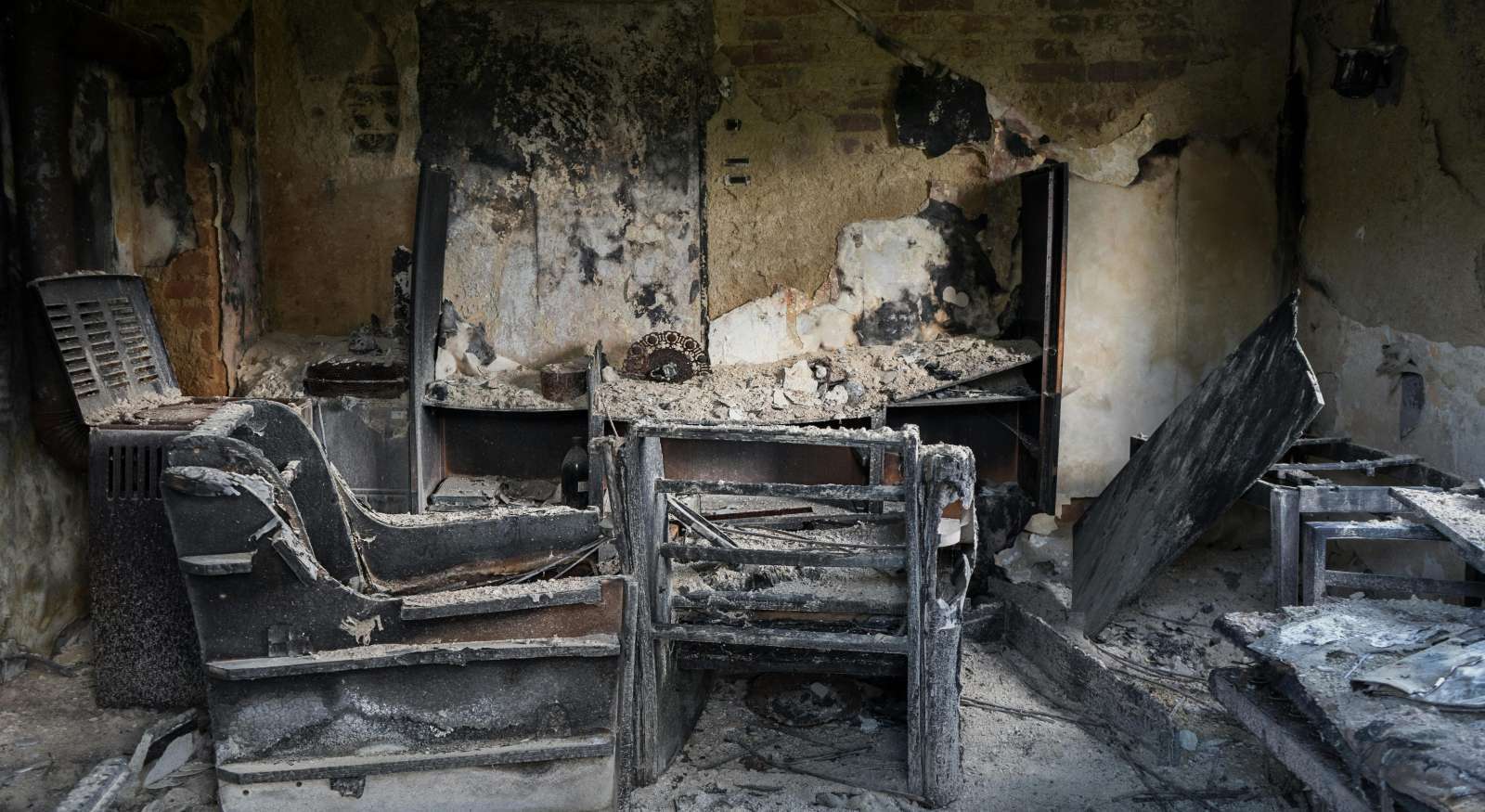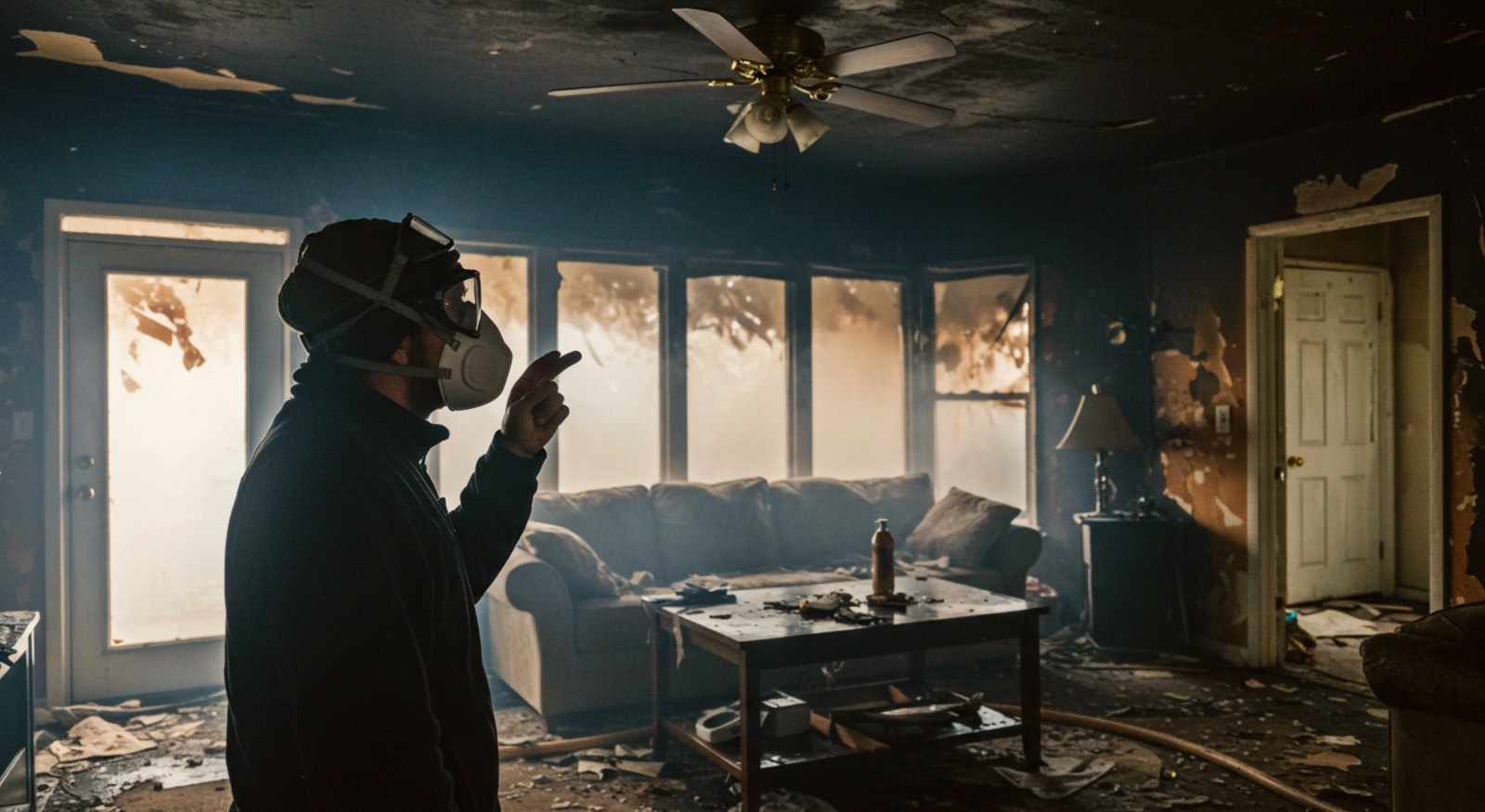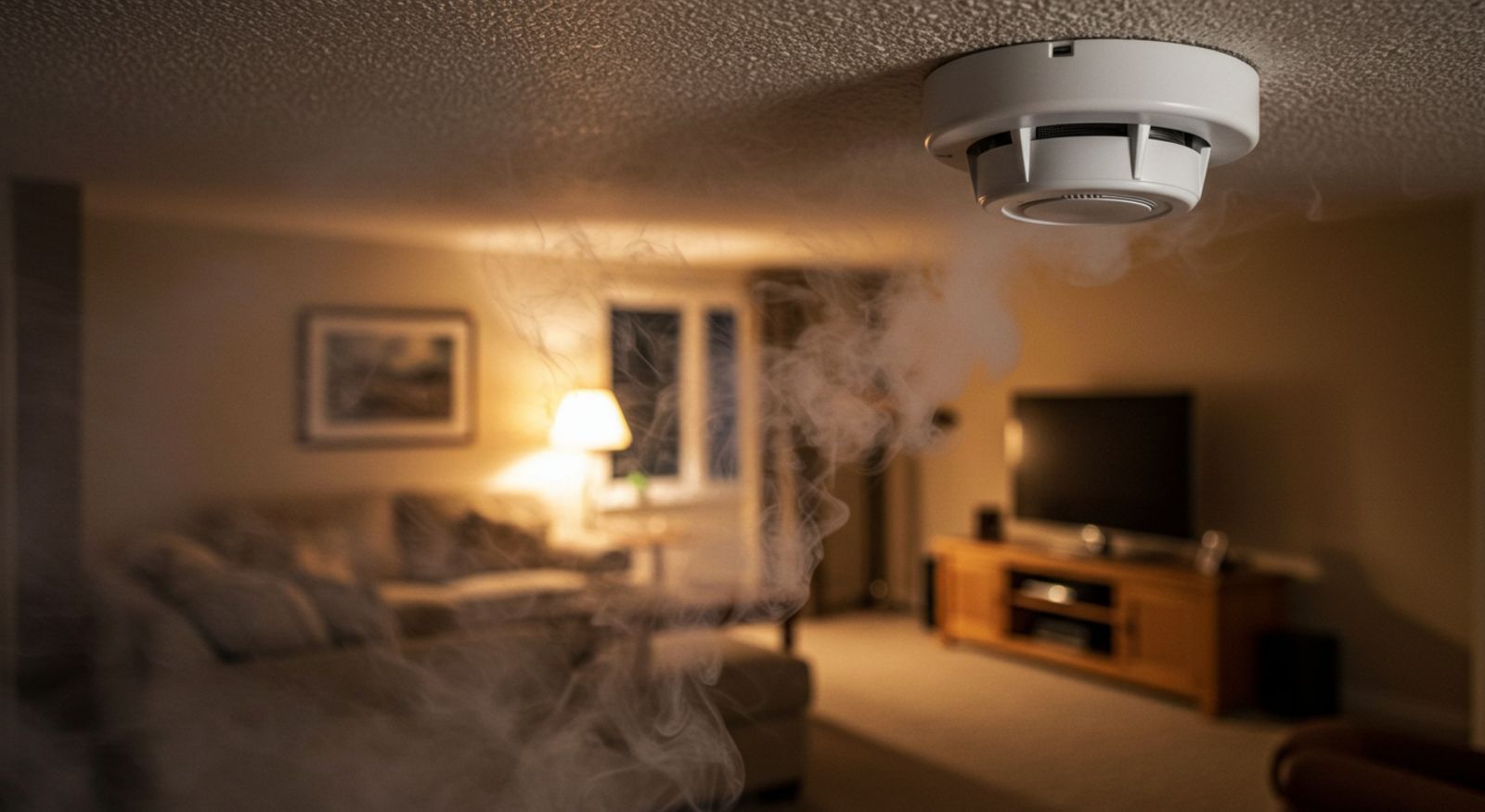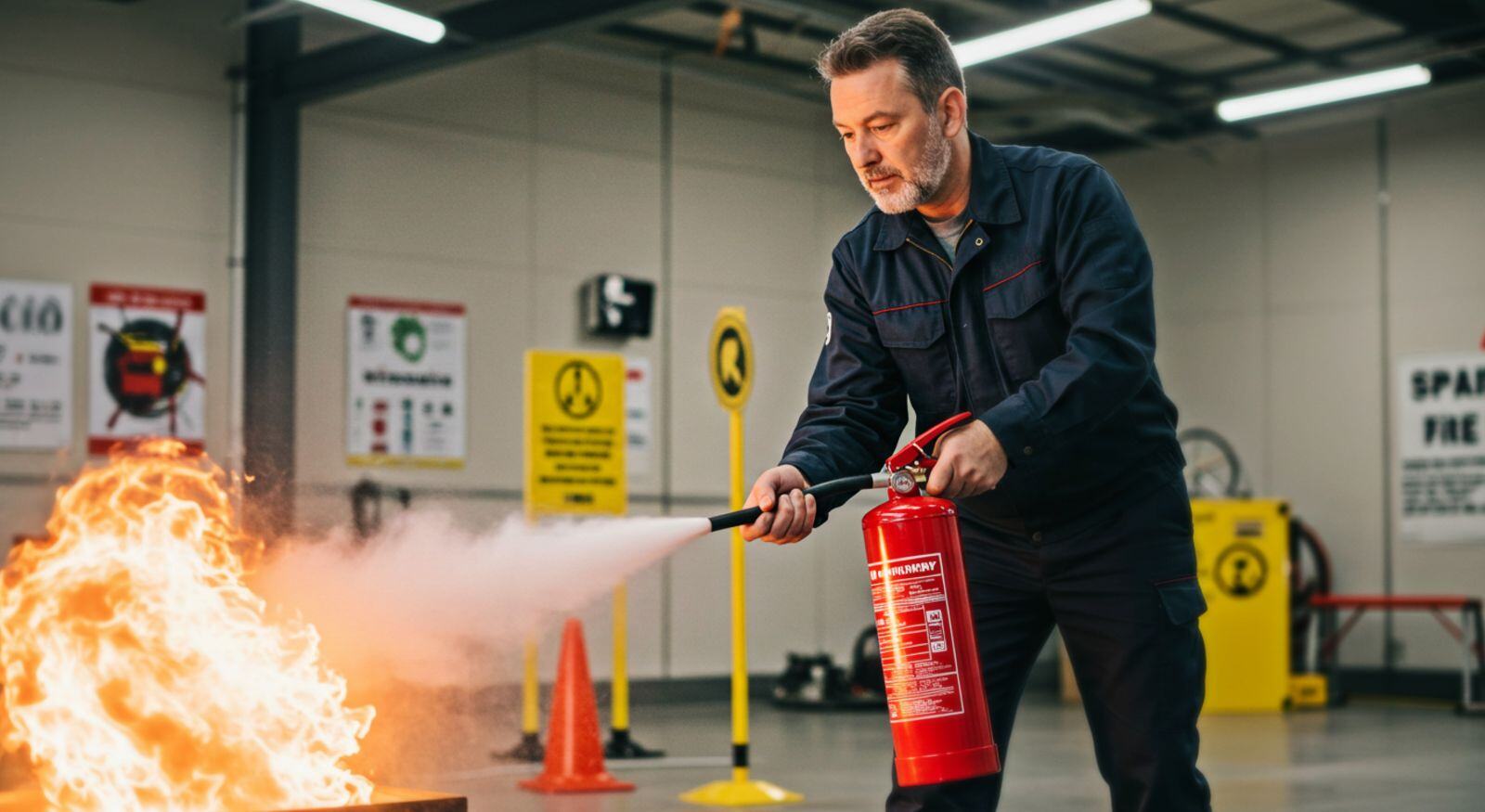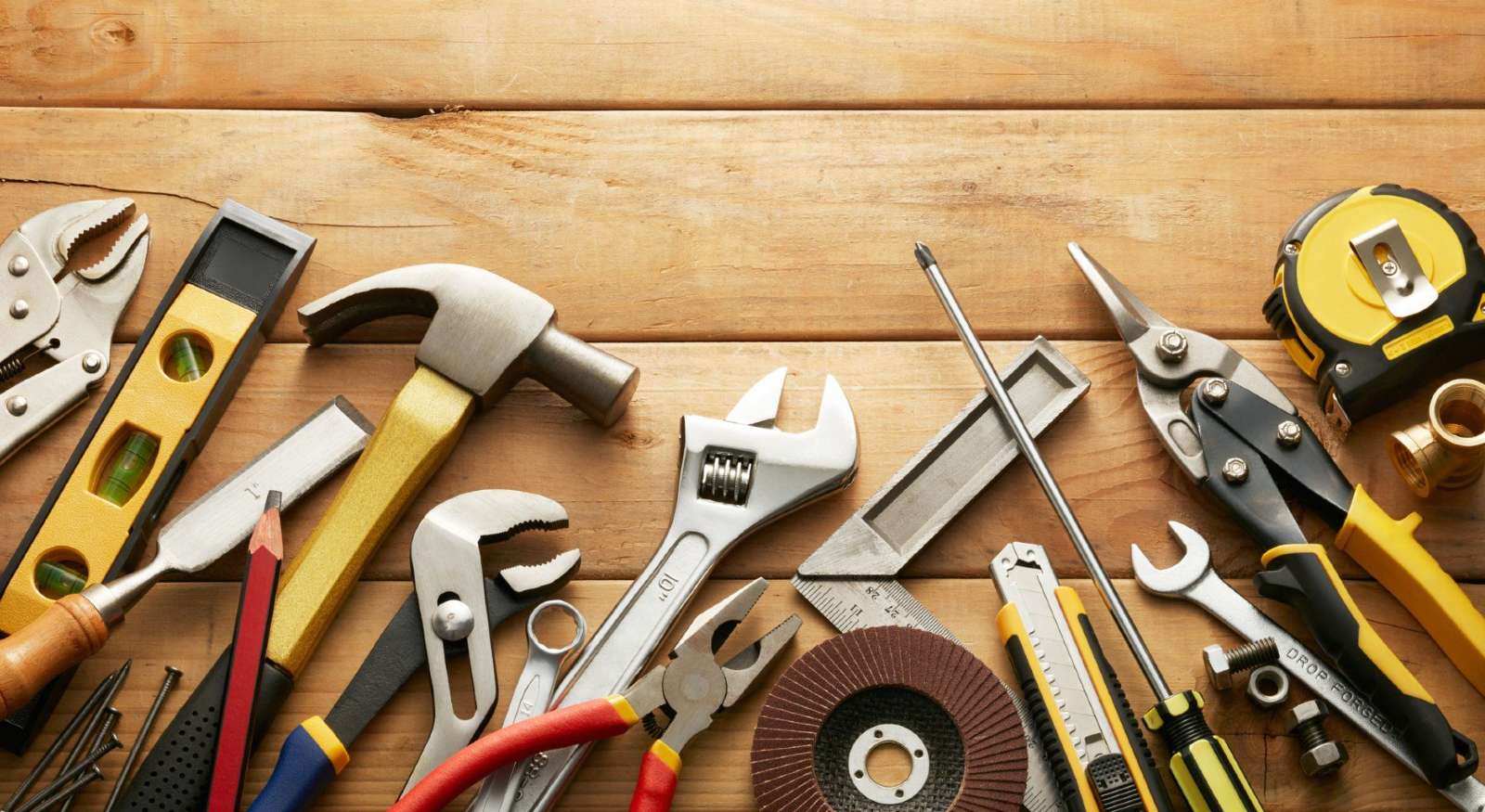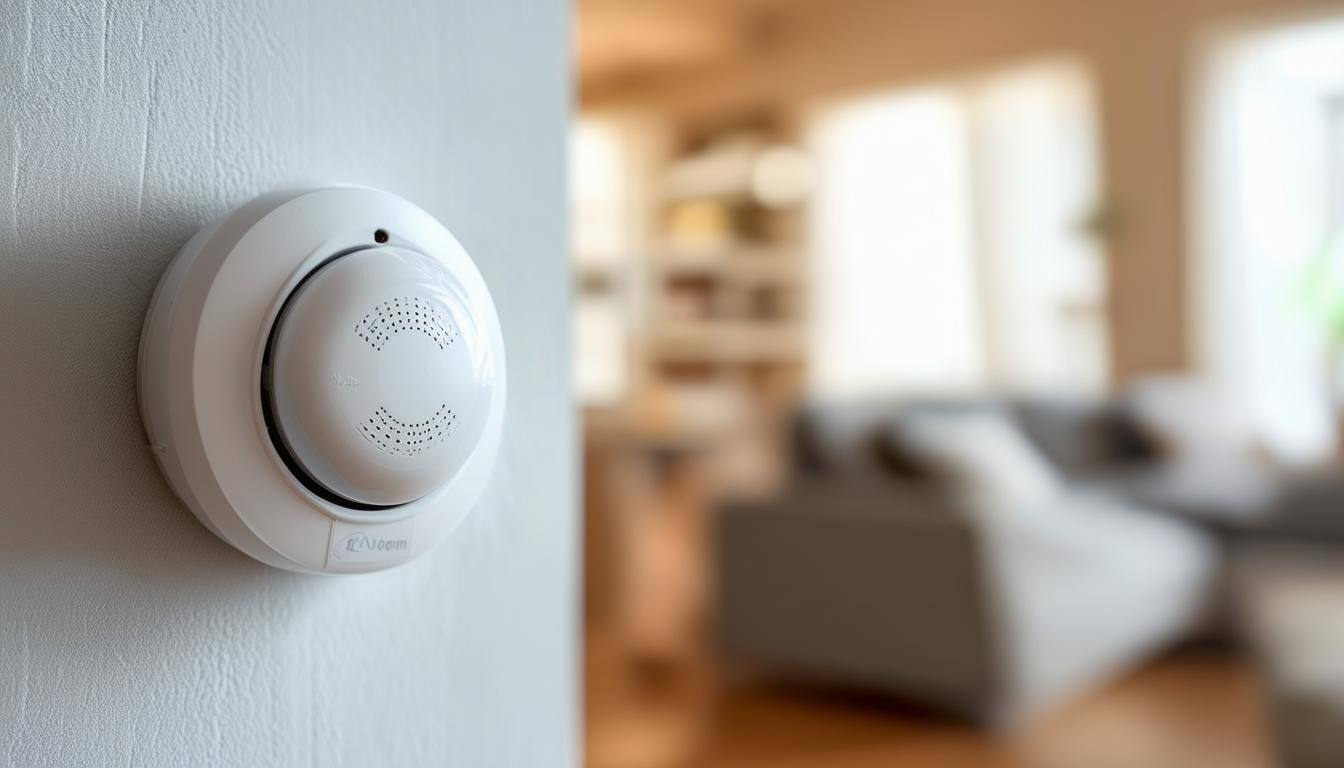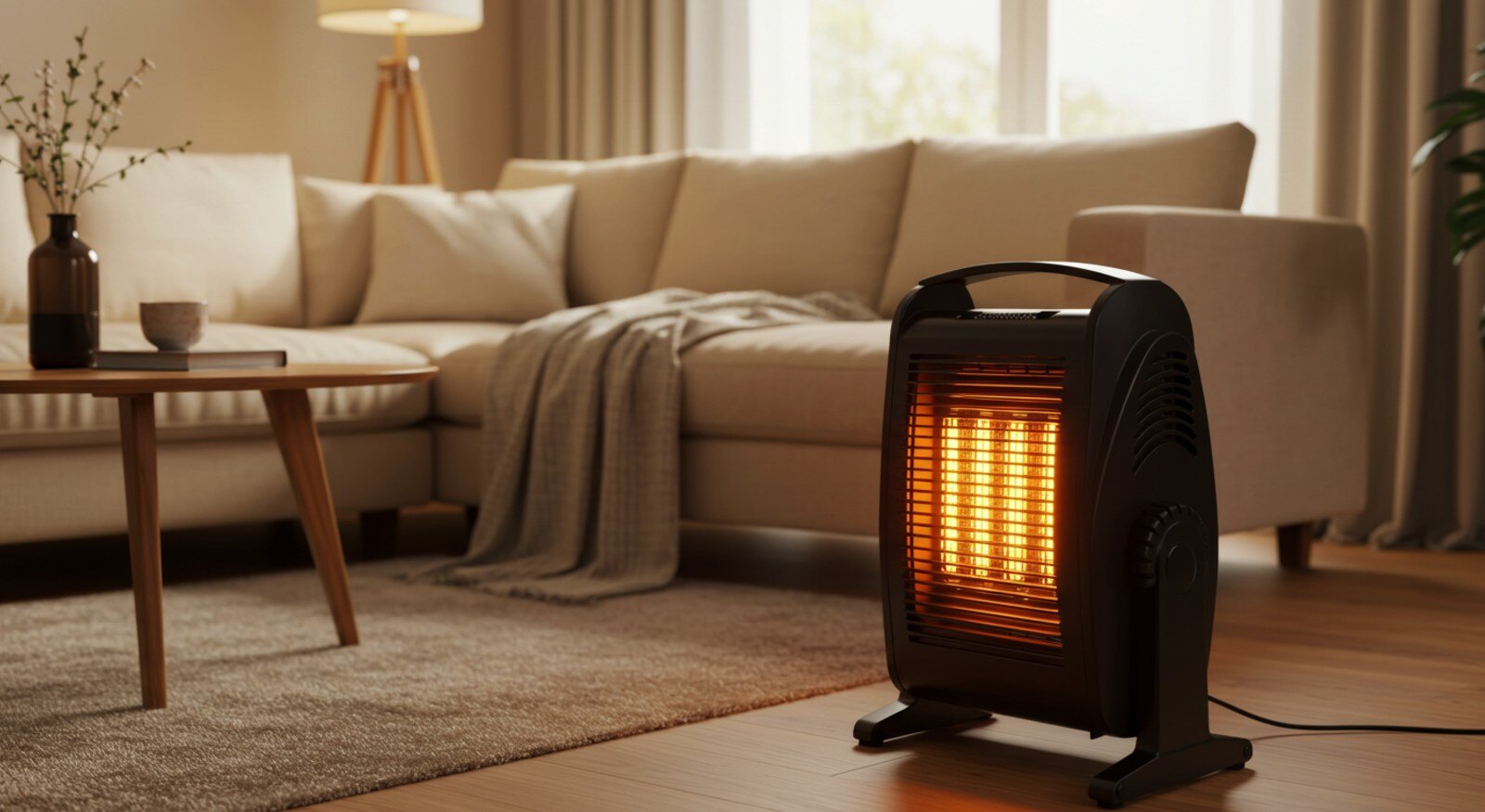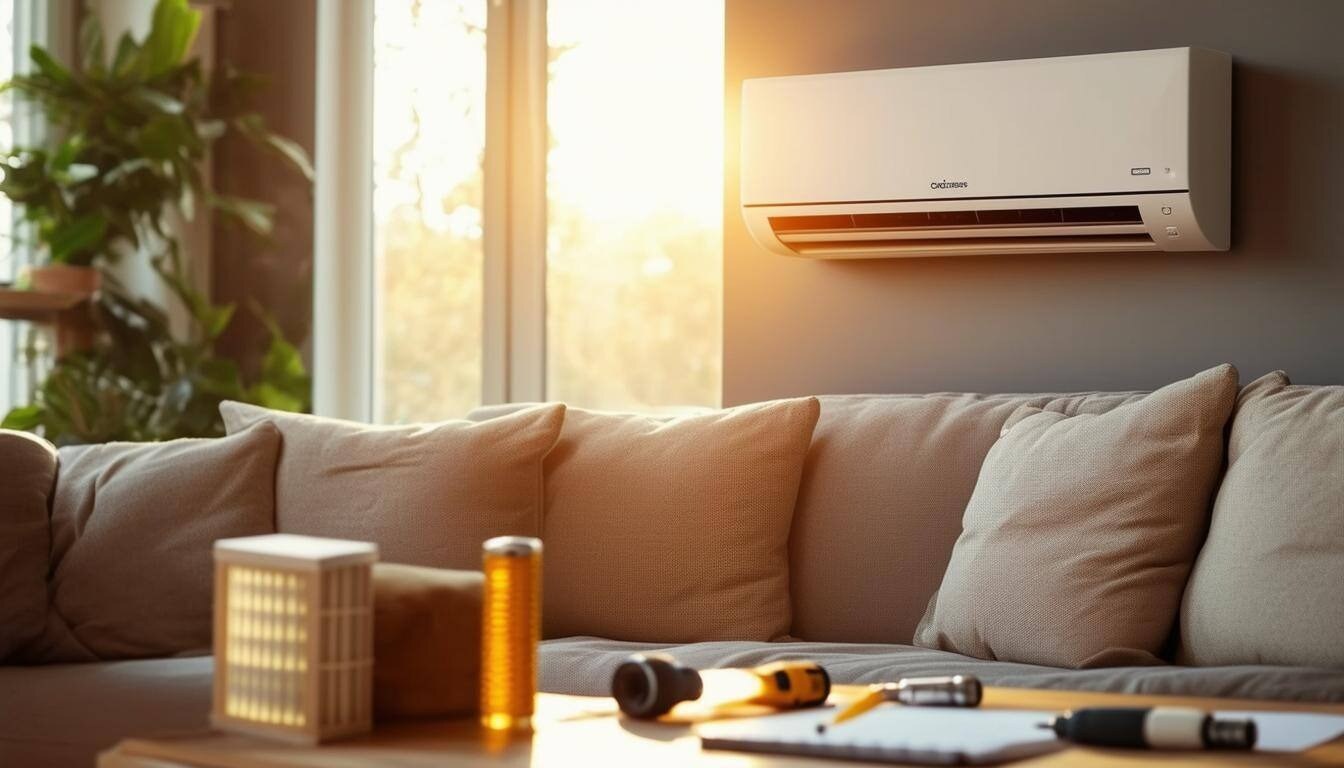Fire Restoration: Can Damaged Furniture Be Saved?
September 29th, 2025
4 min read
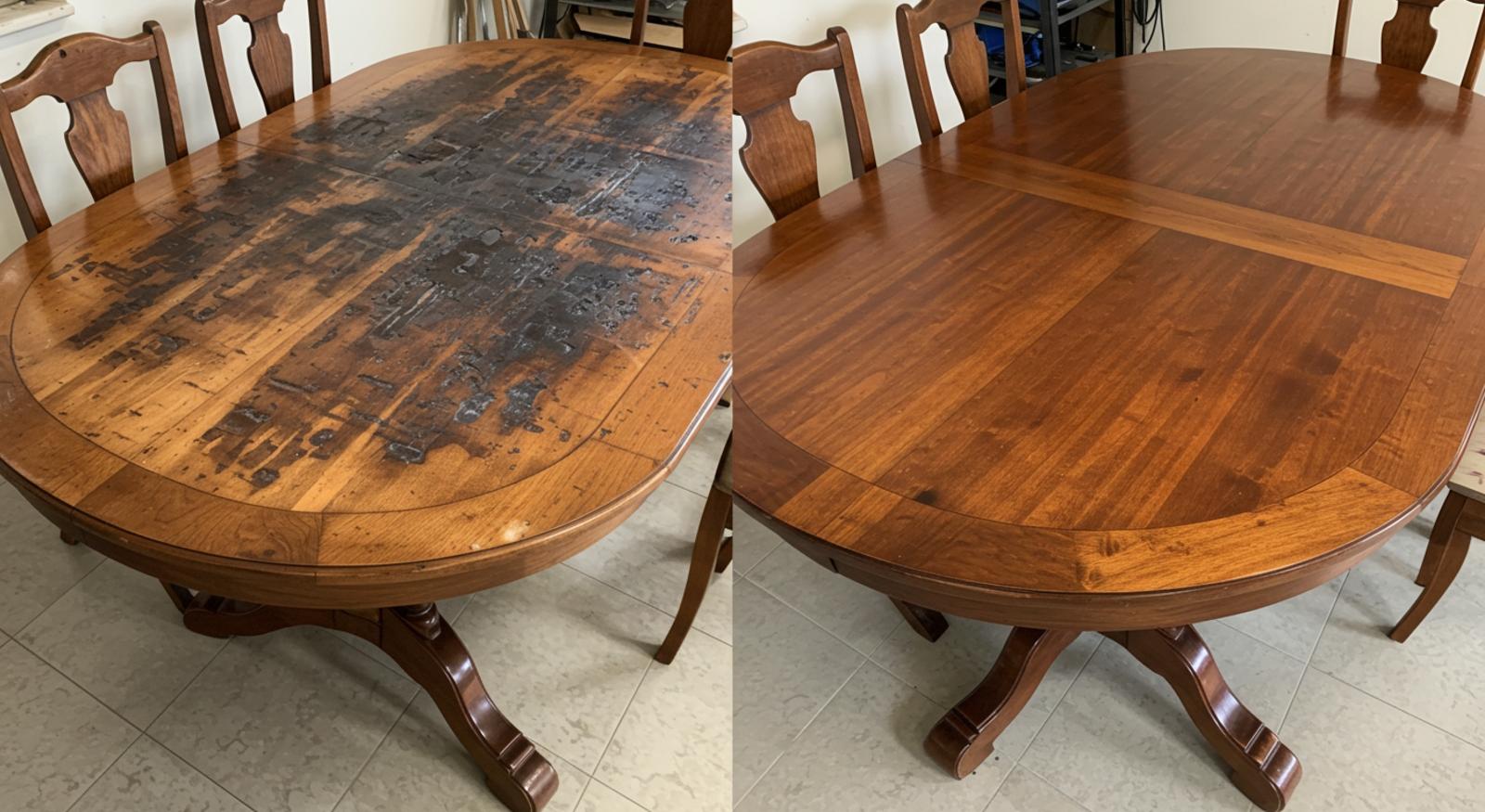
The mess left after a home fire is nothing to scoff at. Besides the destruction, you have to deal with the smell, toxic residues like soot and smoke, as well as the dampness that threatens your home and your family's health.
Restoration is no small project, and while the complexity of this task may seem daunting, it doesn't mean everything is lost.
If you have looked at your furniture and wondered if it can be saved, then you have come to the right place! As a fire damage restoration company with over 10 years of experience, we have helped hundreds of homeowners like you.
While there are some extreme cases where there is not much to do, there are some others where a good restoration company can give you a helping hand. Today, we are going to talk in detail about what determines whether furniture can be brought back or not, what the restoration process looks like, and how to decide when to restore versus replace. By the end, you will be fully armed with the knowledge to face this challenge.
What Determines if Fire-Damaged Furniture Can Be Saved?
When professionals evaluate your furniture after a fire, they look at several key things: the extent of damage, the type of materials, and even the kind of soot left behind.
1. The Extent of the Fire Damage
- Charring: Deep burns weaken wood fibers to the point where they can no longer support weight or hold fasteners. In those cases, even cosmetic repairs won’t make the piece safe to use. Shallow surface burns, however, can sometimes be sanded away, and refinishing can hide discoloration.
- Heat damage: Even without direct contact with flames, heat can warp wood, blister varnish, and loosen glue. For example, imagine a dining table that no longer sits flat on the floor because of the warping from the heat stress.
- Smoke and soot damage: Soot is acidic and will keep eating away at surfaces if not removed. Smoke odor, meanwhile, embeds deeply into wood pores and fabric fibers. Without treatment, the smell can linger for years.
2. The Type of Material
- Solid wood: Durable and forgiving, solid wood is usually worth evaluating. A cherry or oak dresser may only need sanding, refinishing, and sealing to look and smell new again.
- Veneer, MDF, or particleboard: Veneers often peel or bubble under heat. MDF and particleboard act like sponges, swelling when wet and losing their structural strength. Once they are damaged, it's best to take them apart.
- Upholstery: Sofas, recliners, and armchairs absorb both smoke and water. While the wooden frame can be salvaged, it will probably need complete reupholstering. This may be worth it for valuable or sentimental pieces, but usually not for mass-produced furniture.
- Metal and glass: Non-porous surfaces have the best chance of survival. Even if covered in soot, metal legs and glass tabletops can usually be cleaned and polished. If the fire was hot enough to warp metal or crack glass, though, replacement is the only option.
3. The Type of Soot
Soot is different depending on the cause of the fire:
- Dry soot from fast-burning fires is powdery and easier to wipe away with chemical sponges.
- Wet or oily soot clings to surfaces and smears easily, and requires solvents.
- Protein-based soot from kitchen fires is nearly invisible but leaves behind odors that have to be removed with deodorization equipment.
- Synthetic soot from plastics and fabrics is greasy, sticky, and tends to discolor surfaces if not addressed quickly.
What the Professional Restoration Process Looks Like
Professional fire damage restoration is not just about cleaning but also about trying to get your home back to its pre-damaged condition. Let's take a brief look at this process, particularly how it works for furniture restoration:
Step 1: Checking the Damage (Inspection)
First, experts look at every piece of furniture. They figure out what can be saved and make a detailed list of all the affected items. This helps with your insurance claim.
Step 2: Soot and Residue Removal
Next, they clean off all the soot with special tools like dry sponges and powerful vacuums with HEPA filters. This method lifts the soot off without smearing it or making stains worse.
Step 3: Getting Rid of the Smoke Smell
The smoke smell sinks deep into wood and fabric, making it impossible to clean without professional equipment. This can include:
- Ozone Treatments: A special machine generates this gas, breaking down the odor particles in a sealed space.
- Hydroxyls: A safe method that uses special machines to clean the air and remove odors.
Step 4: Repair, Refinishing, and Sealing
After the furniture is clean and odor-free, the repair process can begin. Technicians will fix (if possible) any broken or warped parts, which may include sanding, applying a new finish, and a special sealant.
Step 5: Final Quality Check
Before the furniture is returned, it gets a final inspection to ensure there are no further problems with it.
Restoration vs. Replacement: How to Decide
Sometimes the most difficult part is knowing when it’s worth restoring your damaged furniture. Here’s a simple way to look at it:
Restoration makes sense when:
- The item is a cherished heirloom or antique.
- It’s made from high-quality solid wood.
- Damage is mostly from smoke and soot, not deep burns.
- Insurance covers restoration costs.
Replacement is the better option when:
- The piece is made from particleboard or MDF.
- It’s heavily charred, warped, or unstable.
- The cost to restore is more than buying new.
- It doesn’t carry sentimental value.
Fire Damage: Common Questions on Affected Furniture
Can I clean fire-damaged furniture myself?
Just as with restoring your home after a fire, we strongly recommend letting the professionals do the cleaning process. This way, not only will you safeguard your health (by preventing contact with toxic chemicals), but you can also rest easy knowing the pros will use an effective cleaning method that will take care of the odors permanently.
How long does furniture restoration take?
It depends on the number of pieces, the material, and the level of damage. While a single table may take a single week, a complete set of household furniture may take several.
Will insurance cover furniture restoration?
It depends on your specific coverage. However, having a detailed inventory of affected items can speed up the process to get you fair compensation.
Why Professional Guidance Matters
In the days after a fire, emotions and urgency can make decisions harder. What feels like a lost cause may actually be recoverable, while other pieces may not be worth the investment. A professional inspection can give you clarity and help you make informed choices with confidence.
Finding Peace After Fire Damage
Looking at smoke-stained furniture can feel like losing part of your history. But now, you know that restoration is an option when you trust the experts.
At the same time, you also know that not everything is worth saving. Making the tough call between restoring and replacing can be hard, but it helps to have someone experienced by your side.
If you’re facing this situation, don’t try to handle it alone. Call Restore-It today. Our team provides honest assessments, professional restoration services, and compassionate support. We will do our best to bring your most cherished pieces back into your home.









